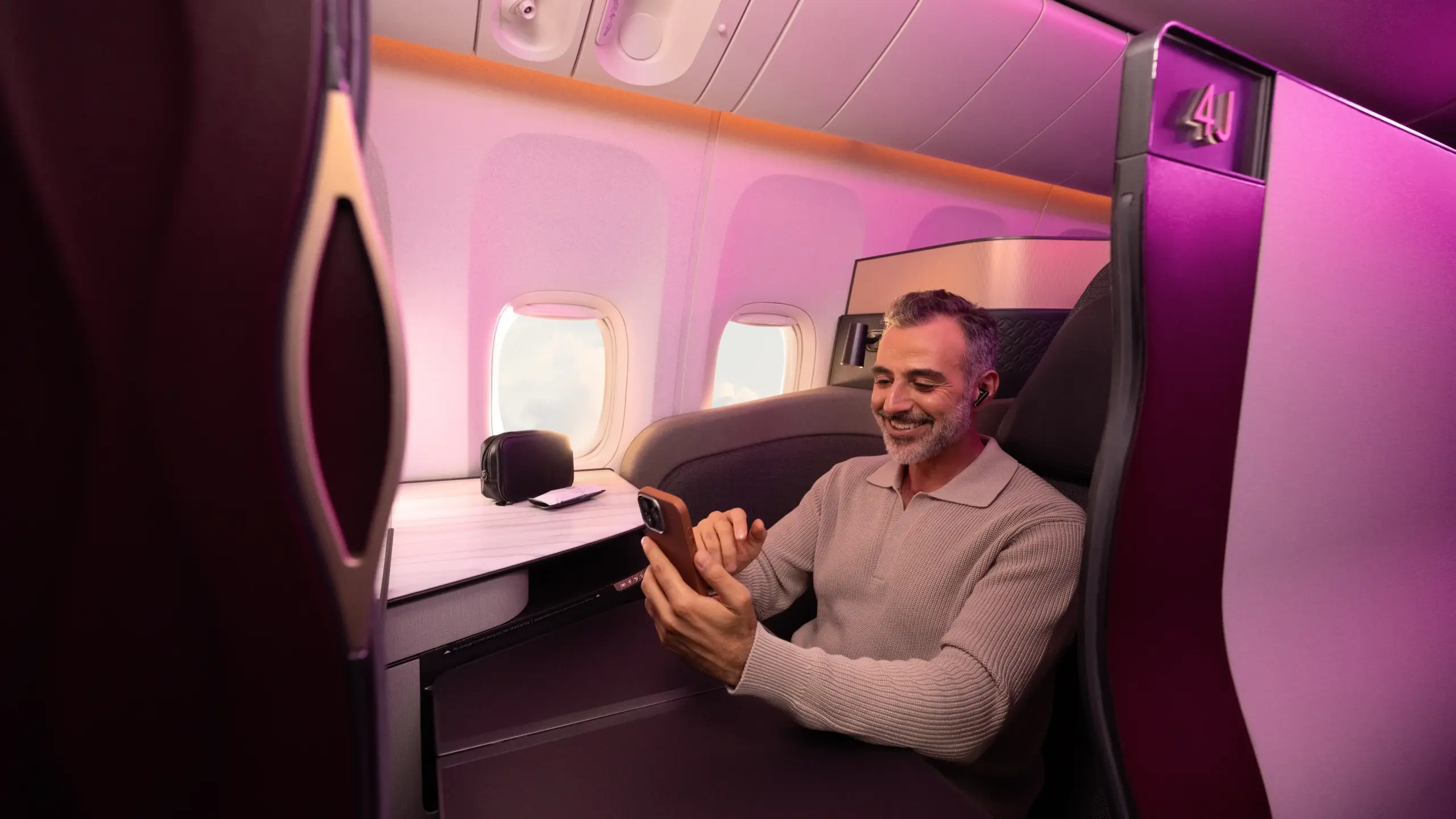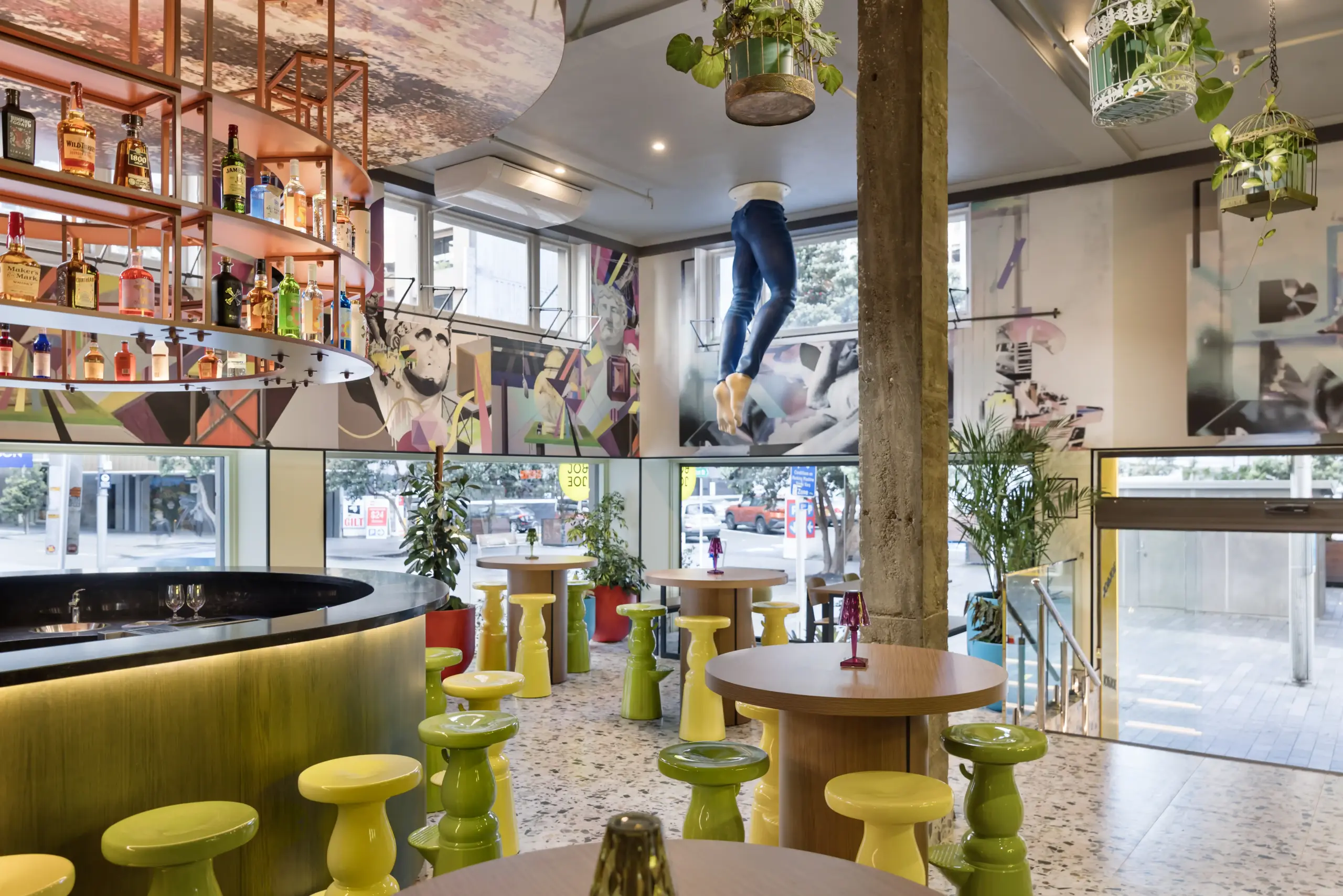
Q&A: Tourism Export Council’s Lynda Keene
- February 9, 2021
The cancellation of the New Zealand summer cruising season, for the Ponant-chartered Le Leperouse luxury small ship, has dealt a morale-crushing blow to the New Zealand cruise industry and the wider travel and tourism sector. There is industry-wide dismay at the government’s officious heavy-handedness which brought about the abrupt axing of this planned domestic circuit of ten 7-day expeditionary cruises aboard Le Leperouse for Kiwis, in New Zealand waters. Where to from here for the dream of domestic cruising and the wider restart of cruising in our waters? And is the government really in tune with the formidable challenges facing many operators who are critical to the future renaissance of New Zealand’s lucrative tourism industry? Mike Yardley raised a range of questions with industry leader, Lynda Keene, who is CEO of the Tourism Export Council of New Zealand.

Q- Are you concerned that if a Tasman cruise bubble is to take shape as the first stage of the rebound, that the NZ Govt may adopt a similar hardline on visa approvals for the full complement of crew and staff, servicing and working on these ships planning port calls around NZ?
A-Yes, we are concerned. Almost 50% of cruise passengers in NZ are from Australia out of a total 322,000 cruise ship passengers in NZ in the 2018-2019 year. Many cruise ships recruit staff from other countries (Philippines) with a smaller portion from Australia and NZ. Cruise ships will have the necessary protocols in place for safe travel to and around NZ Ports. Government agencies need to learn more about the exacting and responsible protocols that cruise ships have in place. There is potential for a return of cruise ships to NZ in the 21-22 year to be a positive catalyst for the safe return on international visitors. When you consider that Australia has managed its COVID response relatively well and most of the passengers will be Australian, the decision by Government with the Le Laperouse is quite perplexing (given the passengers were NZers). The return of Australian visitors whether by air or cruise, will be the saviour for tourism businesses who are struggling to survive.
Q -What work needs to be done on the part of the industry and govt. to rebuild trust and confidence?
A – Government agencies need to sit in a room ‘together’ and look at how the international visitor economy touches multiple agencies. Then come up with a NZ International Tourism Recovery Plan 2021-2025 as to how we manage the safe return of all international visitors. TECNZ has offered its support many times to MBIE and former Minister of Tourism to provide its expertise and private sector experience. To date, the experience, insights and ideas have not been taken up. We look forward to meeting with Minister Nash as soon as his schedule allows. We believe it is urgent the Minister meets all major international tourism sector organisations as soon as he can.
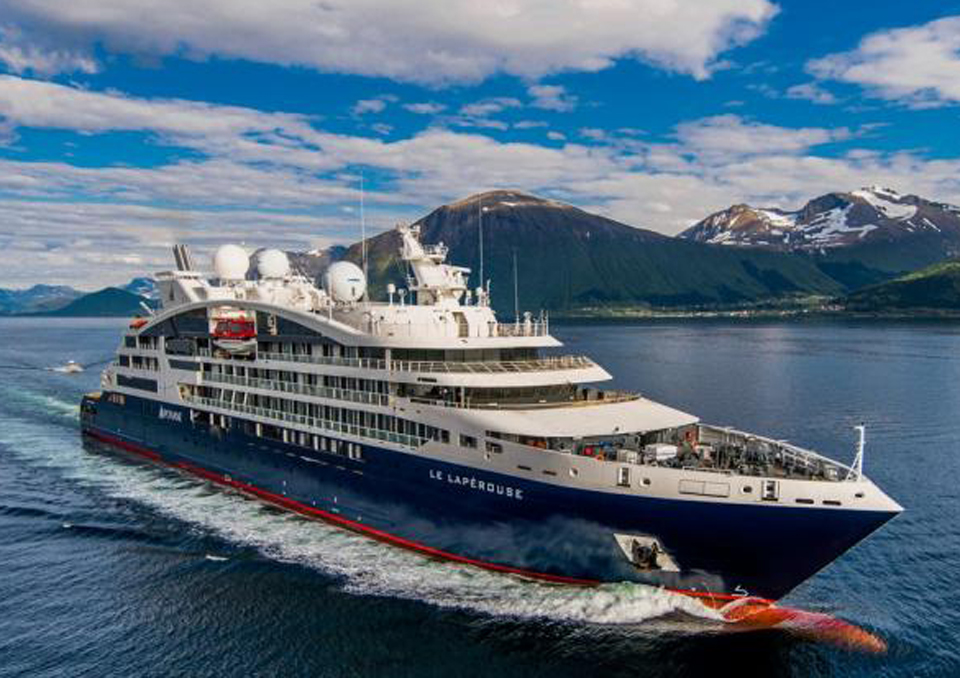
No-one expects Government officials to have the answers to all the questions due to the uncertainty and changing nature of health and business in the COVID environment. This is an unprecedented event. There is no playbook. This is why engagement and partnership with the private sector is critical to have a proactive response and learn from each other how a Plan can be developed and implemented for the benefit for all.
Government needs to be cognizant of the economic and regional dispersal benefits that international visitors have. 95% of all international revenue (from visitors) generated by ITOs is redistributed out to regions across NZ when ITOs pay their tourism suppliers for products and experiences part of NZ itineraries. This covers independent, group, business events, incentive and cruise visitors. If ITOs are not around to facilitate the bringing in and hosting of international visitors, regions will feel the impact within 1-2 years. It effectively means every tourism business will have to promote their own business offshore direct. Most businesses will not have the financial or human resource to do this because tourism businesses are working on a bare bones model to keep operating. It highlights the role that ITOs play. They (ITOs) promote and sell tourism businesses that form part of the itinerary and packages they sell to offshore agents.
Q- Will the Tourism Export Council be reaching out to the govt to try and strike a better understanding?
A-Yes, we will continue to offer our experience to MBIE to help them understand the complexities of the tourism industry and specifically the international tourism distribution system and the reliance that most tourism businesses have on ITOs to bring business to their door. We (collective private sector organisations), are in the process of developing NZ’ International Tourism Recovery Plan 2021-2025 to help Government learn about the industry’s COVID Readiness to welcome back international visitors in a phased and safe/controlled way. We’re keen to help Government if they do not have a Plan already (we haven’t seen one), to partner on this. NZ’s global reputation is at stake if there is no Plan and other countries do.

Q- The perception seems to be a lack of govt. understanding as to the role of inbound tour operators and the wider travel suppliers sector.
A-Yes, you are right. A lot more education is needed by Ministers and officials and mainstream NZ on the multiple benefits that tourism provides communities and the economy. We’re keen to help in this area. The international tourism distribution system is quite complex. In its simplest form, ITOs act as a commercial conduit between offshore markets (tour wholesalers and agents) and NZ tourism businesses.
ITOs operate like Fonterra does being the conduit between offshore buyers (a UK supermarket chain) and the NZ farmer. Without Fonterra as a primary marketing and distribution conduit in the distribution system selling milk or dairy products, it would be like a UK consumer contacting the farmer direct in Waikato to buy the raw product (milk). Fonterra packages the raw product from farmers and presents it in an easily purchasable manner for consumers in offshore markets. e.g. butter, milk powder, cheese etc.
This is exactly what an ITO does. It sources raw product (visitor product and experiences) and presents them to offshore tour wholesalers and agents and ‘packages’ an itinerary up for sale to make NZ easy to purchase. ITOs bring in 55% of all international visitors NZ. In addition, ITOs have always had contact tracing systems. We know every hour of every day where our visitors are because of the itineraries we have booked with tourism suppliers. There is an automatic ‘duty of care’ element for an ITO in hosting a visitor in NZ. e.g. when the Christchurch and Kaikōura earthquakes happened, visitors that were booked by an offshore agent who were hosted by an ITO in NZ, were located (within 24 hours) and plans were made to keep visitors safe and repatriated back to their home countries.
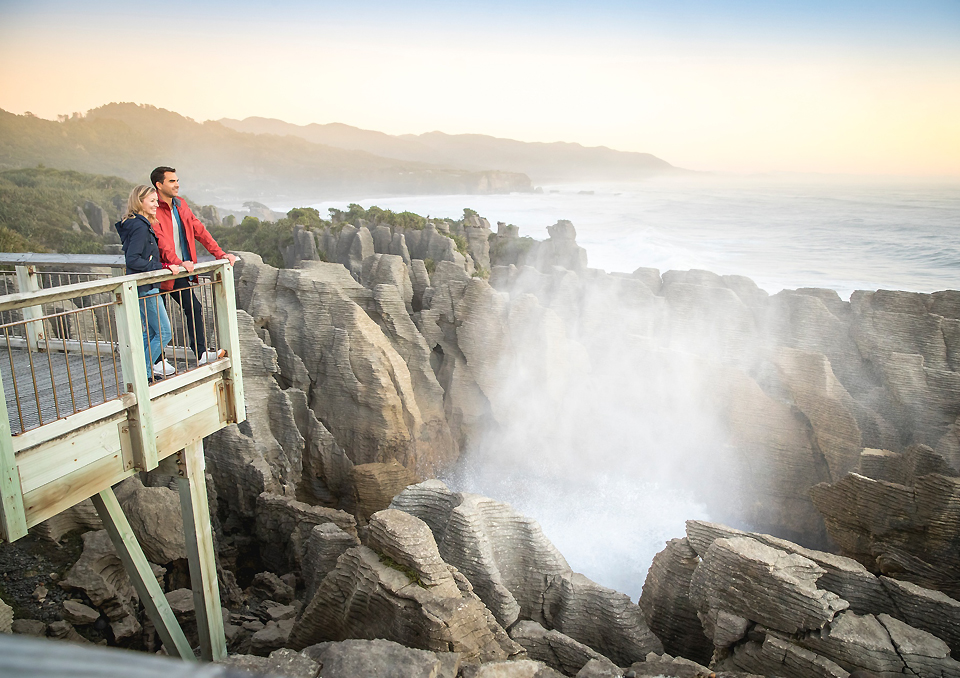
In comparison, an international visitor that booked their holiday direct in NZ or through an OTA (online travel agency) like booking.com, Expedia, Trivago etc. those visitors were left out on a limb, scared, and with no NZ contact to help them through these crises (or access to refunds or credits for future travel). Note: with NZ closing its border due to COVID-19, visitors that were booked through an ITO were immediately listed with Embassies and were some of the first visitors to get repatriated flights back to their home countries.
TECNZ knows through its international networks that the demand for travel to NZ is very high when the border reopens. However, it will not happen overnight. Some markets will rebound quicker than others. What is most vital is that international visitors that may have previously booked their NZ holiday via an OTA, or direct with a NZ tourism business, will NOW use a travel agent in their home country who consequently has a relationship with a NZ Inbound Tour Operator (ITO) to arrange their travel. There is increased priority on health and safety when future travel commences that someone in NZ is looking after them. That is the role of an ITO.
Tourism businesses around NZ need ITOs to remain connected with offshore wholesalers, agents and clients. Most tourism businesses no longer have budgets or staff to keep engaged with offshore agents. If ITOs were to wind-up or close in 2021 because the Government cannot see the strategic and critical assets they are in the international tourism system (and provide a lifeline with ‘grant’ funding to keep them operational, not loans), the future of NZ’s international tourism and global reputation for NZ Inc. products is seriously at risk. This cannot be understated.
Imagine if the Dairy industry faced a catastrophic event (like Mycoplasma bovis or something similar) that impacted on the Dairy industry’s reputation and quality of products, that meant all Dairy Farmers could not produce revenue for 1-2 years. They had to cull their herds and were instructed by Government that no dairying activity was likely to occur for 2 years until the Mycoplasma bovis disease was eradicated. Would the Government put initiatives in place to help save the industry?

In the Fonterra context, (a private company, like ITOs ,except they are all individual vs Fonterra is a collective) if the Government deemed Fonterra was not a strategic asset in the dairy industry distribution system, would they say to NZ Farmers you have to ‘pivot’ to generate revenue from a domestic market or else consider a new line of business? Could a Dairy Farmer generate enough revenue domestically to keep their business viable? I suspect no, due to the huge capital asset value and debt Farmers might have with their businesses, similar to some of our tourism businesses.
I use this example gently as an analogy as to how complex the international tourism distribution network is. If Fonterra did not exist, Farmers would have to sell their dairy products direct to a supermarket in England or China. Would the Government let Fonterra fail with its economic contribution to NZ’s economy. Noting, international tourism of $17bn pre-COVID was NZ’s largest earner of export receipts. Dairy being second largest.
On a slightly different matter, it is extremely critical that Ministers and officials understand the ‘difference’ between ITOs and travel agents in NZ. ITOs bring visitors and revenue INTO New Zealand (they work with offshore tour wholesalers and agents). Travel agents in NZ ‘book and take’ visitors and revenue OUT of New Zealand. e.g. package holiday to Cook Islands, cruise or a tour of Europe. We do note in 2020 that retail travel agents have also had to ‘pivot’ to promoting NZ rather than offshore destinations.
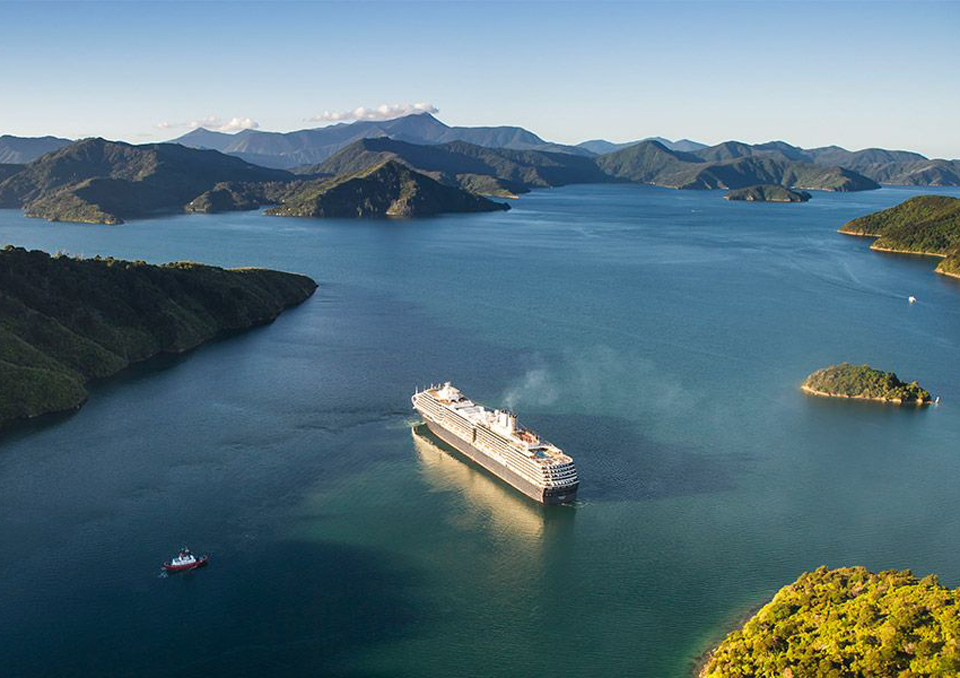
ITOs in NZ are invisible in the international tourism distribution network. They do not have a front ‘shop window’ (like an outbound NZ retail travel agent) does. This may contribute to why most mainstream NZ’s, Ministers and Government agencies aren’t aware of the strategic role ITOs play in bringing in and hosting international visitors in NZ. ITOs do the business behind the scenes.
Q- Has the Le Laperouse debacle significantly dented morale within the wider travel and tourism services sector, as to NZ’s willingness and flexibility to restimulate the sector?
A-Yes, offshore markets have already responded with cancellations coming through for the 21-22 visitor season because the Prime Minister said, “It was likely NZ’s border would not reopen in 2021 for visitors except current bubbles they were working on.” Within hours of this announcement, ITOs received cancellations with concern from agents that NZ was not keen to welcome back visitors. This absolutely impacts on the NZ brand and is confusing to those overseas when we have managed COVID so well to date. The Le Laperouse mis-communication, or political decision, to not allow the 61 hotel crew aboard the ship to get visas approved has sent a very loud message to the world, ‘NZ is not open and is not interested in receiving visitors in the future.’ This is the worst message NZ should be sending to the world.
We propose the message that needs to be sent to the world is something a bit more proactive or aspirational. “We hope to have the borders fully open by the end of the 2021 year.” This would allow offshore agents to at least ‘sell’ NZ from the 1 January 2022 for arrivals into the country. Rather than markets like Germany/Europe who look to Governments for safe and secure messaging to hear the message, “No, we are closed forever.” It simply means that NZ will be off bucket-list travel for years to come. NZ cannot afford this type of messaging. It remains to be seen what impact this type of messaging might have on other NZ Inc. products and goods.
It is critical that the Government provides, at a minimum, 3 months’ notice of the intention date for NZ to reopen its border to international visitors. Six months would be optimal. Why? In the June-July period each year (after NZ’s TRENZ event in May, the tourism version of Fieldays) that is when offshore agents package up and ‘sell’ NZ to their client base. Offshore agents look to NZ ITOs to provide cash ($) to do TV, print, brochure and online advertising to the hundreds of thousands of prospective clients on their books. ITOs have to ‘pay’ for advertising inclusions.
TECNZ is asking NZ Trade & Export for export marketing grants. For some reason NZTE has not provided export marketing grants or advertising for ITOs to attend international trade shows since the 1980s. To ensure ITOs help keep NZ top of mind with offshore agents, they need export marketing grants to reignite interest offshore for NZ as a desired visitor destination worth $17bn. The global marketplace is going to extremely competitive. If ITOs are not present, NZ will simply slip off the radar. Can the Government afford to not invest in ITOs as the most strategic asset to protect the $17billion contribution that international tourism makes to the economy?
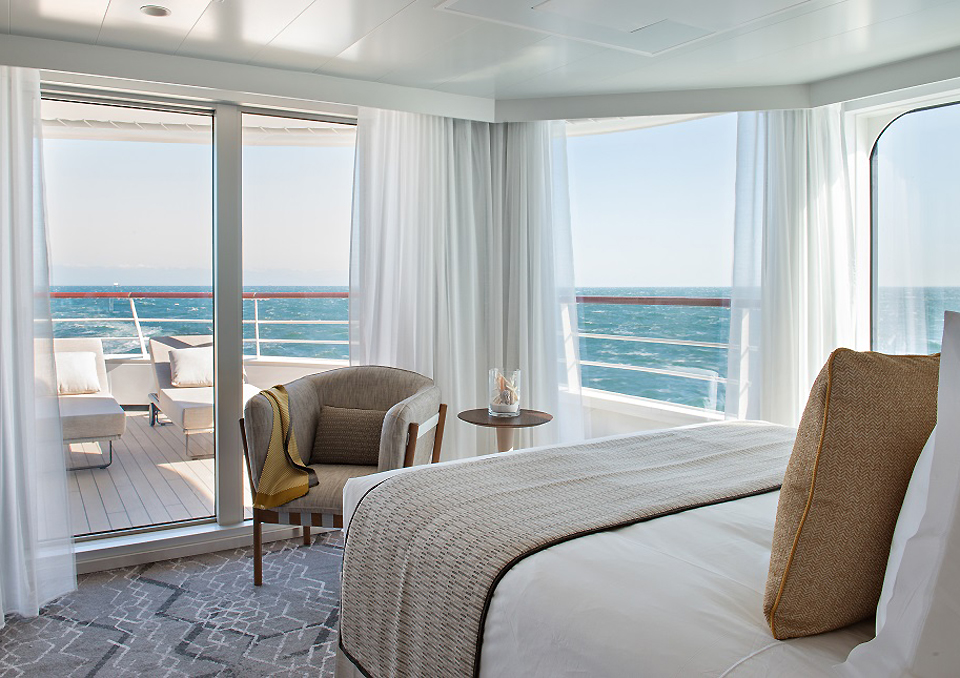
How is Government going to fill the void if they decide they are ‘just going to let international tourism go?” Who will pay the $17bn deficit in the economy for years to come to make up the shortfall? Add the $5bn from international education and you’re suddenly looking at $21bn from international tourism and education. Will NZ taxpayer who is already hurting have to get an increase in taxes to cover the deficit?
TECNZ’s suggestion is for the Government to provide a Phase 2 Tourism Recovery Package of $200m for ITOs and transport, accommodation and activity businesses to help them remain operational so NZ still has an international tourism offering when the border reopens. The industry needs funds now. Not in May 2021 when the Budget is announced. Surely an emergency tourism package that provides targeted assistance can be expedited as soon as Parliament resumes.
We (international tourism industry) can help the Government manage the economic fallout once the impact and bite of no international visitors for 2 years kicks into gear. Give us a little bit of money now in March 2021 ($200m) to protect a $17bn positive surplus in NZ’s economy. Tourism Export Council New Zealand






